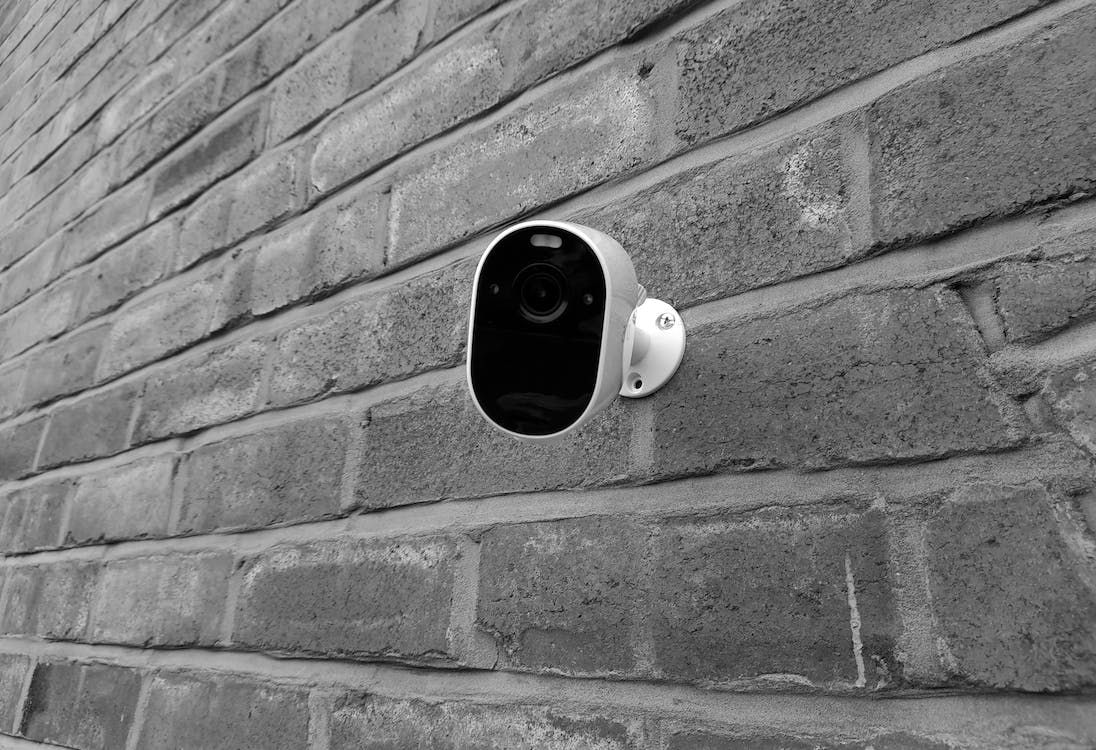Do Vape Detectors Really Work? It can be said that a vape detector is fairly reliable. For example, a vape detection device is rigorously built and calibrated to reduce false positives and only issue alerts when vape smoke is likely found.
They are slightly different from smoke detectors. They are intended to notify everyone in the area about smoke detection (and carbon monoxide) because marijuana smoke might invite fire.
Moreover, traditional smoke detectors are usually fitted with volatile organic compounds that create a sensor-like noise to alarm people.
However, vape detection devices do not work in this manner. Their sensors are meant to detect chemical changes in the air quality (either nicotine or comparable particles) and silently warn anyone using vaping devices in regulated or confined spaces.

Source: Pexels
How Does A Vape Detector Work?
As mentioned above, only vape detector tests the presence of harmful chemicals released when one uses a vape device. These compounds include Nicotine, propylene glycol, vegetable glycerin, and carbon dioxide.
Moreover, they are used in settings where vape usage is prohibited, such as schools, locker rooms, and companies—a vape sensor functions by sensing the concentration of particular substances in the airflow.
When the concentration of these compounds hits a specific threshold, the multiple sensors warn the user that vaping activity is taking place.
However, the accuracy of vape detectors is determined by several parameters. They include sensor type, detector location, unit’s design, and air flow in the area.
What Are The Different Types Of Vape Detectors?
A basic design of an e-cigarette detector is similar to a smoke detector. However, the former differs from the latter due to the different sensors used to build them. Three of the most common yet smart sensors are-
Particulate Matter Sensors
Particulate sensors detect the presence of tiny particles that are released while using e-cigarettes. Nicotine, propylene glycol, and vegetable glycerin are common constituents of the particles that this sensor detects. Its advanced analytics works even more efficiently in indoor spaces.

Source: Pexels
Environmental Sensors
Environmental sensors are also known as gas sensors. They are singular sensors that can detect the presence of particular gases emitted while vaping. For instance, it detects THC oil quickly.
Multi-Sensor
As the name suggests, multi-sensors purpose is detecting or monitoring different channels, be it airflow or vapor exhaled. These sensors are highly equipped to alert users to stop vaping in time.
How Can You Use Vape Pens Without Setting Off Vape Sensors?
Even though vape detectors are installed for safety purposes, there are times when you still want to vape. This is why we have brought a few tips for you to avoid setting off a sensor-
Lower Down Vapour Exhale
There are two basic approaches to limiting the amount of vapor your gadget produces. First, enable Stealth Mode. Stealth Mode is only available on some devices, and if you have picked a minimalist beginner’s device, you are significantly less likely to have this choice.
If you have Stealth Mode, you can completely change your vaping experience. Your plumes of vapor will be barely visible rather than huge.
Low power settings can also significantly affect the amount of vapor produced. Limit the wattage and voltage on your device as much as possible to limit vapor formation.

Source: Pexels
Use High PG E-Liquids
E-liquids are made up of two primary ingredients. All vape liquids comprise vegetable glycerin (VG) and propylene glycol (PG). Both chemicals have distinct properties.
If you want to avoid vape sensors, you should purchase high-PG mixes. PG is significantly thinner than VG and creates much less smoke. A high-PG liquid is less likely to set off detectors.
Try Discreet Vaping Techniques
Your gadget may be one of many triggering the sensors. Your vaping style significantly impacts your overall experience, including vapor production. You may try mouth-to-lung vaping by drawing the vapor into your mouth, holding it there for a few seconds, and inhaling it into your lungs.
Moreover, many novice devices are MTL-compatible and tend to prioritize throat impacts above vapor production.

Source: Pexels
Wrapping Up
Vaping sensors are useful for detecting prohibited vaping events when security cameras fail to work. However, some tricks can be used to keep your vaping discreet.
Now that we’ve taught do vapes set off metal detectors and how to get around vape detectors, you can rest easy. You have all the tools to evade even the best vape detectors.


